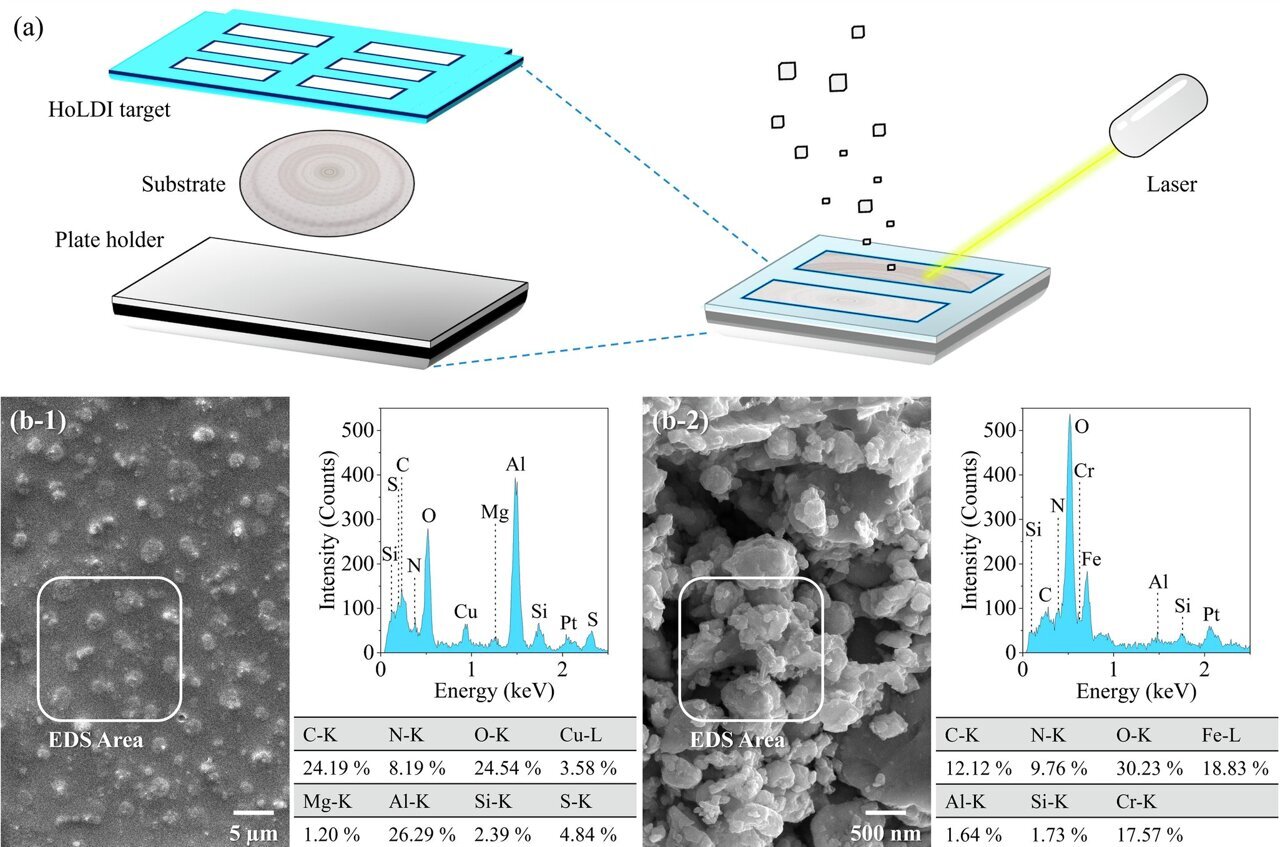Green Light for Progress: Trump Accelerates Tech Overhaul in Environmental Permitting
Environment
2025-04-15 22:57:51Content

In a groundbreaking move, the recent executive order mandates that government agencies leverage cutting-edge technology to streamline and enhance environmental review and permitting processes across all infrastructure projects. This directive aims to modernize and accelerate critical infrastructure development while maintaining rigorous environmental standards.
By embracing technological innovations, agencies will be able to conduct more efficient, transparent, and comprehensive environmental assessments. From transportation and energy infrastructure to public works and urban development, the order seeks to reduce bureaucratic bottlenecks and expedite project approvals without compromising environmental protections.
The initiative represents a significant step towards integrating digital tools and advanced analytics into government decision-making processes, promising to create a more agile and responsive approach to infrastructure planning and environmental stewardship.
Tech Revolution: Transforming Environmental Reviews for Infrastructure Projects
In an unprecedented move that signals a technological watershed, the federal government is poised to revolutionize infrastructure development through cutting-edge technological integration. The executive order represents a pivotal moment in administrative efficiency, promising to streamline complex environmental review processes across multiple sectors.Accelerating Progress: Technology's Role in Sustainable Development
Technological Paradigm Shift in Environmental Assessment
The landscape of infrastructure development is undergoing a radical transformation, driven by sophisticated technological interventions. Government agencies are now mandated to leverage advanced digital tools and computational technologies to enhance the environmental review process. This strategic approach goes beyond traditional methodologies, incorporating artificial intelligence, machine learning, and comprehensive data analytics to create more nuanced and precise environmental impact assessments. Modern technological platforms enable unprecedented levels of environmental analysis, allowing reviewers to simulate complex ecological interactions with remarkable accuracy. By integrating geospatial mapping, real-time sensor data, and predictive modeling, agencies can now generate comprehensive environmental evaluations that were previously impossible to achieve.Comprehensive Infrastructure Ecosystem Transformation
The executive order's scope extends far beyond mere procedural modifications. It represents a holistic reimagining of how infrastructure projects are conceptualized, planned, and executed. From renewable energy installations to transportation networks and urban development initiatives, every sector stands to benefit from this technological renaissance. Advanced computational models now enable multi-dimensional environmental impact assessments that consider intricate ecological relationships. These sophisticated systems can predict potential environmental disruptions with unprecedented precision, allowing project planners to implement proactive mitigation strategies before ground is even broken.Technological Tools Driving Environmental Stewardship
Cutting-edge technologies are emerging as critical instruments in environmental conservation and sustainable development. Satellite imagery, drone surveillance, and advanced sensor networks provide real-time environmental monitoring capabilities that were unimaginable just a decade ago. Machine learning algorithms can now process vast quantities of environmental data, identifying subtle patterns and potential risks that human analysts might overlook. These technological interventions represent more than just efficiency improvements; they signify a fundamental shift in how we approach infrastructure development and environmental protection.Policy Implications and Future Perspectives
The executive order signals a profound commitment to integrating technological innovation within governmental infrastructure planning. By mandating comprehensive technological adoption, federal agencies are positioning themselves at the forefront of sustainable development strategies. This approach not only accelerates project timelines but also ensures more rigorous environmental protection. The convergence of technological capabilities with environmental stewardship promises a future where infrastructure development and ecological preservation can coexist harmoniously.Economic and Environmental Synergies
Beyond environmental considerations, the technological transformation promises significant economic benefits. Streamlined review processes reduce bureaucratic bottlenecks, potentially saving millions in administrative costs and expediting critical infrastructure projects. The integration of advanced technologies creates new economic opportunities, fostering innovation ecosystems that can drive sustainable technological development. By prioritizing technological solutions, the government is simultaneously addressing environmental challenges and stimulating technological innovation.RELATED NEWS
Environment

Environmental Deregulation Gambit: Could Trump's Shortcut Trigger Unexpected Consequences?
2025-03-07 09:45:00
Environment

Salvation and Circuits: How One Church Transforms Electronic Trash into Technological Treasure
2025-03-17 22:30:00
Environment

Breakthrough: Scientists Unveil Powerful Nano-Detector to Track Plastic Pollution's Hidden Menace
2025-05-01 16:24:42





